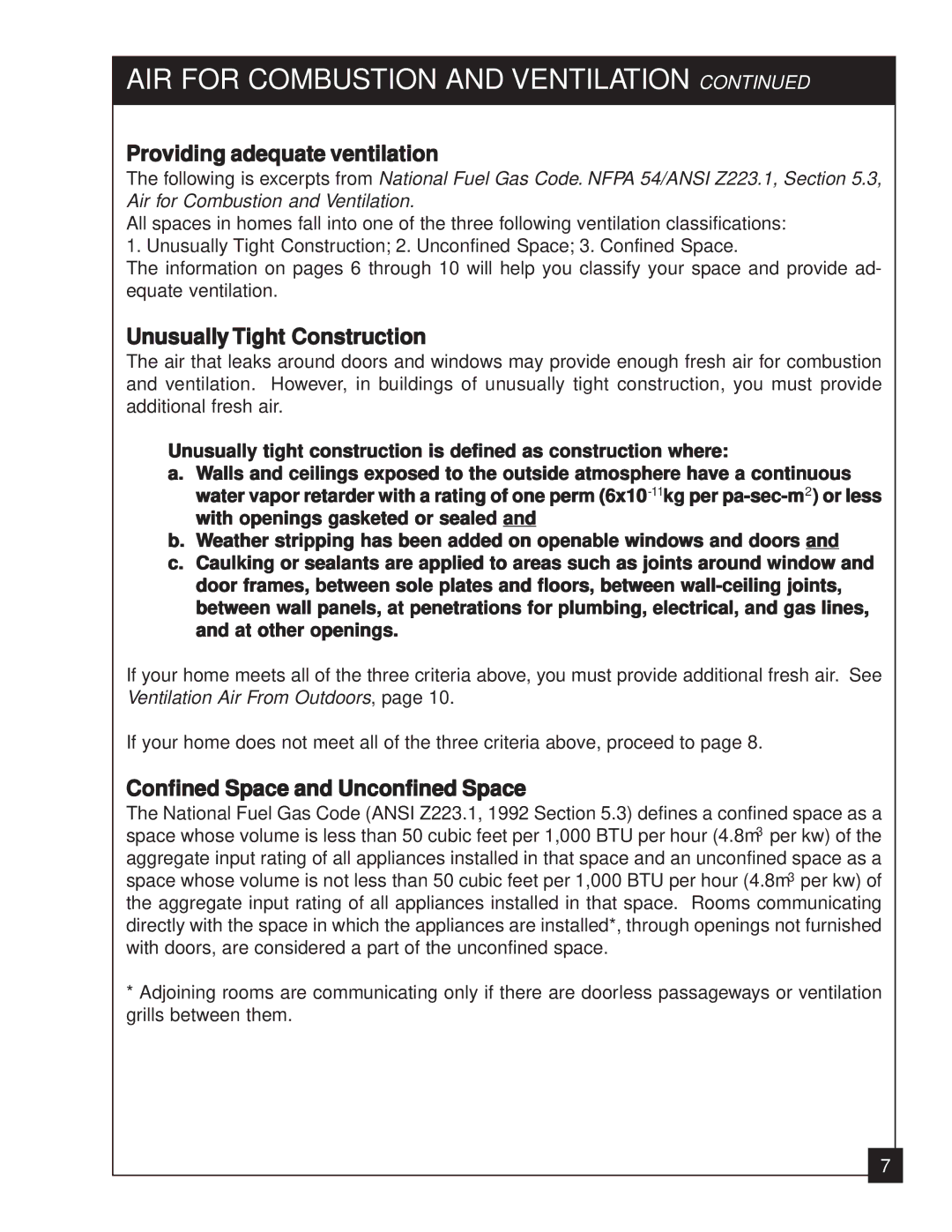2020N specifications
The United States Stove 2020N is a versatile and efficient wood-burning stove designed to provide effective heating for medium to large spaces. Crafted with a strong focus on performance and user convenience, this model combines traditional aesthetics with modern technology, making it an ideal choice for homeowners seeking a reliable and sustainable heating solution.One of the standout features of the 2020N is its robust construction. The stove is made from heavy-duty cast iron and steel, ensuring durability and longevity. Its impressive heat output of up to 80,000 BTUs per hour makes it capable of heating areas ranging from 1,200 to 2,400 square feet, depending on insulation and layout. This makes the 2020N suitable for everything from cozy cabins to large living spaces.
The design of the 2020N includes a large viewing window that allows users to enjoy the ambiance of the flames while providing efficient heating. The built-in air wash system keeps the glass clean and clear, enhancing the overall aesthetic while minimizing maintenance. This feature is particularly beneficial for those who appreciate the visual appeal of a wood fire without the hassle of frequent cleaning.
In terms of efficiency, the United States Stove 2020N is EPA-certified, meaning it meets stringent emissions guidelines. This certification ensures that the stove burns wood more completely, which not only produces more heat but also reduces pollutants released into the atmosphere. Users benefit from a higher efficiency rating, translating into lower fuel costs over time.
The 2020N is designed with user-friendly features, including a straightforward manual draft control that allows for easy adjustment of airflow and fire intensity. This gives users the ability to customize their heating experience according to their preferences and needs.
Additionally, the stove comes equipped with a rear exit flue for easy installation options, allowing for flexibility in how it can be set up within a home. Its compact design and classic appearance enable it to fit seamlessly into a variety of home decors, adding both functionality and charm.
Overall, the United States Stove 2020N stands out as an excellent wood-burning stove choice, combining efficiency, durability, and ease of use. Homeowners seeking a reliable heating solution will find that the 2020N meets their needs while offering the comfort and ambiance of a traditional wood fire.

